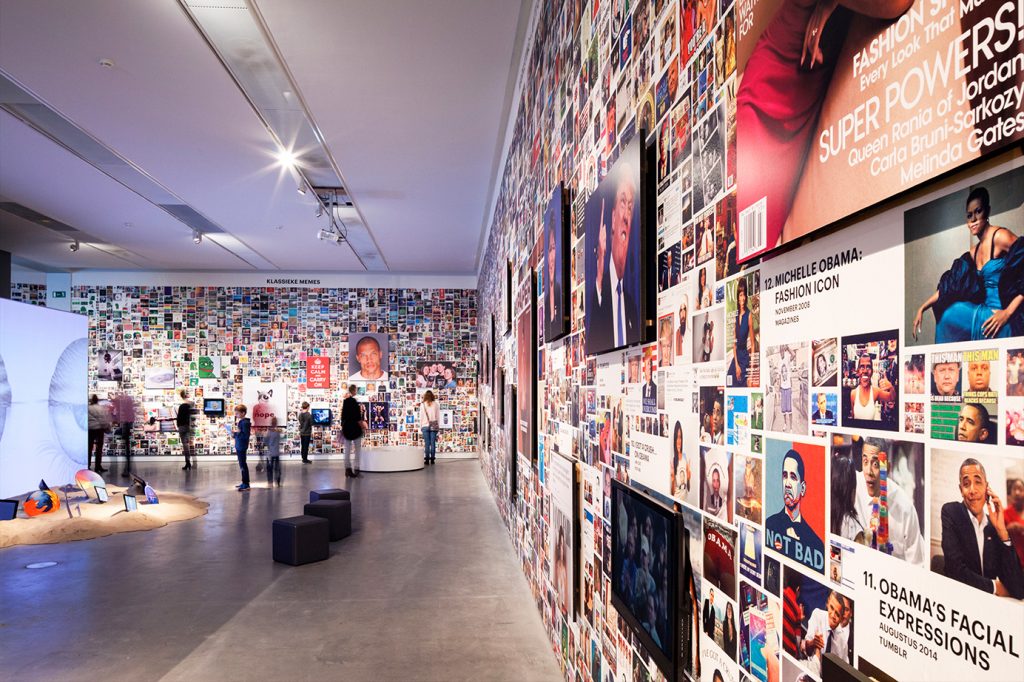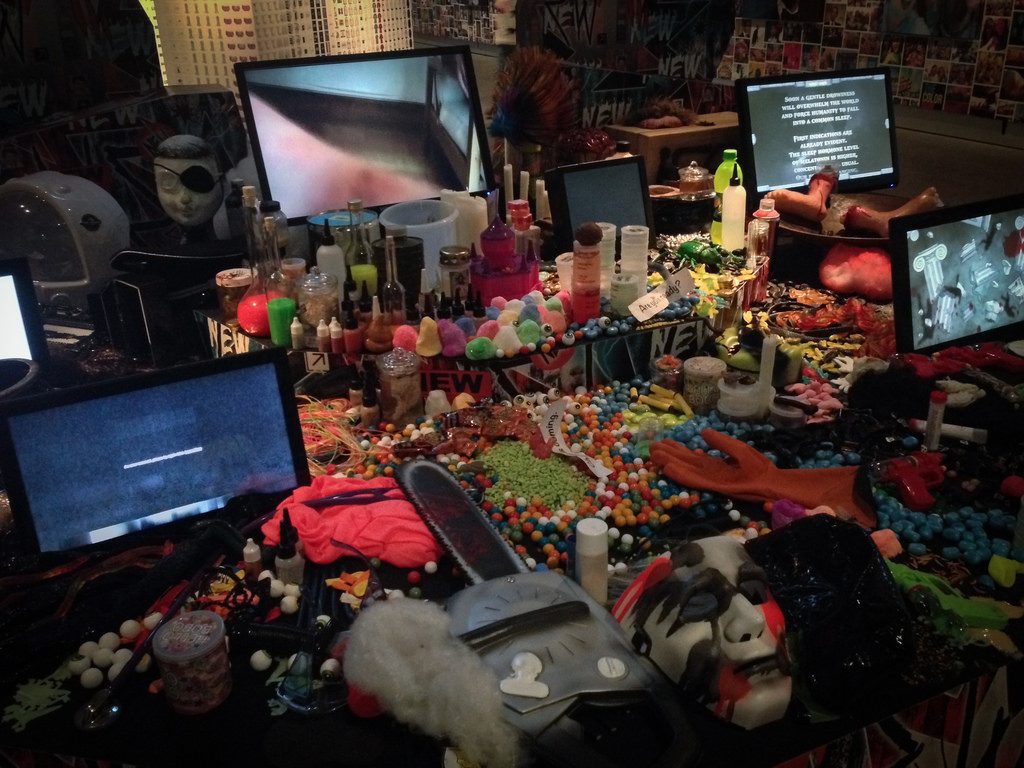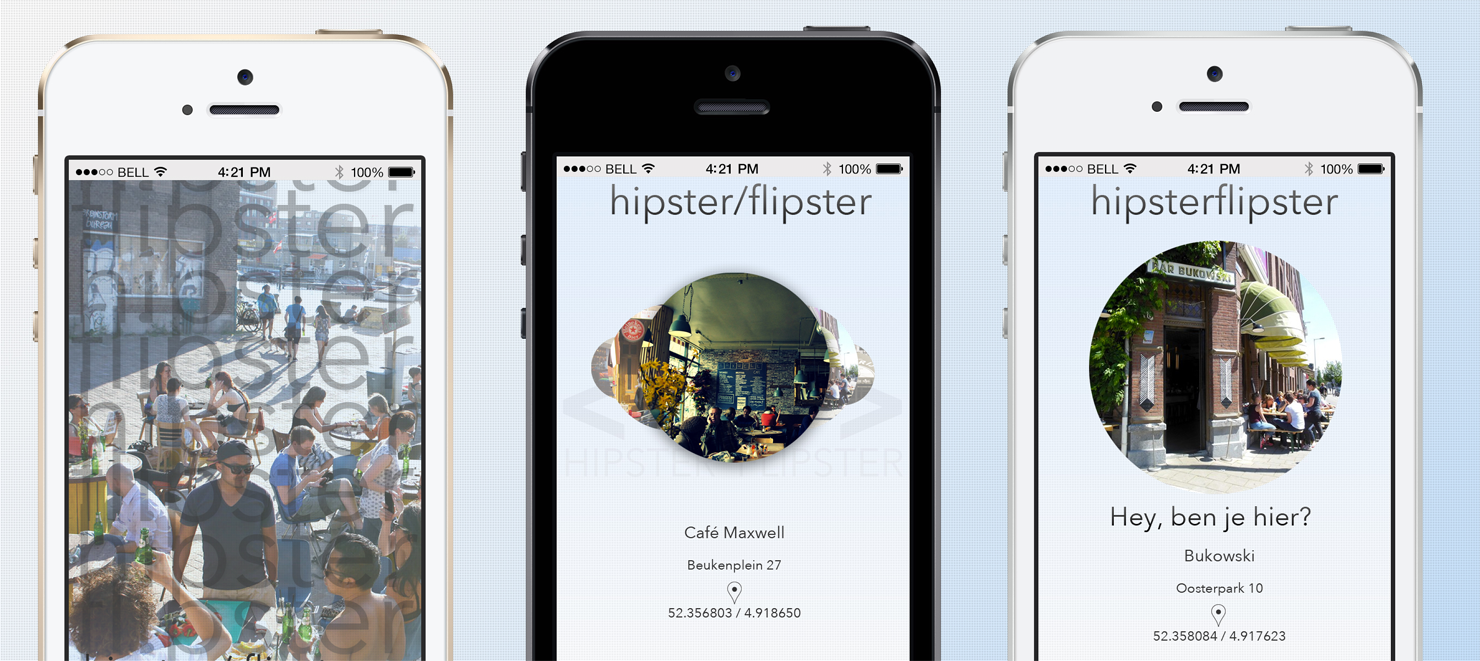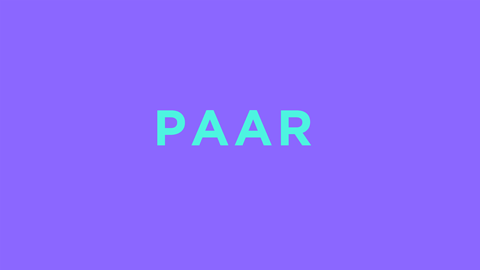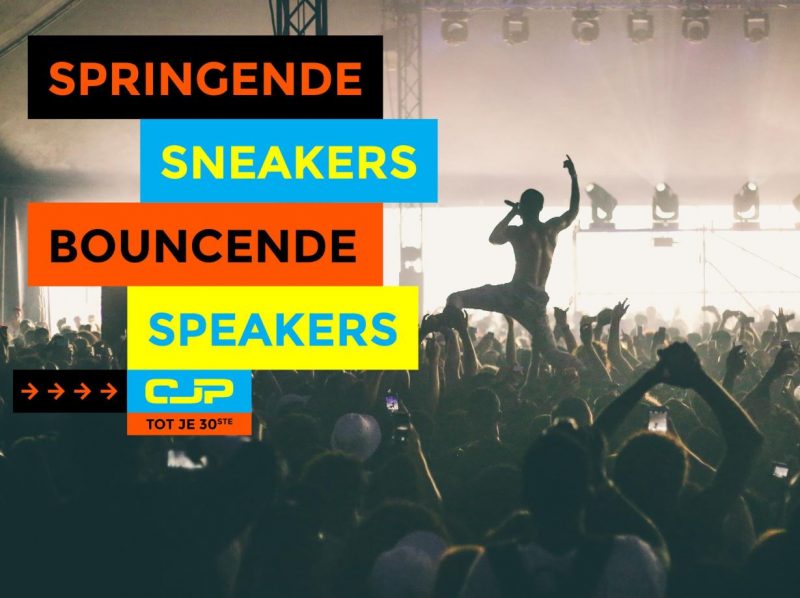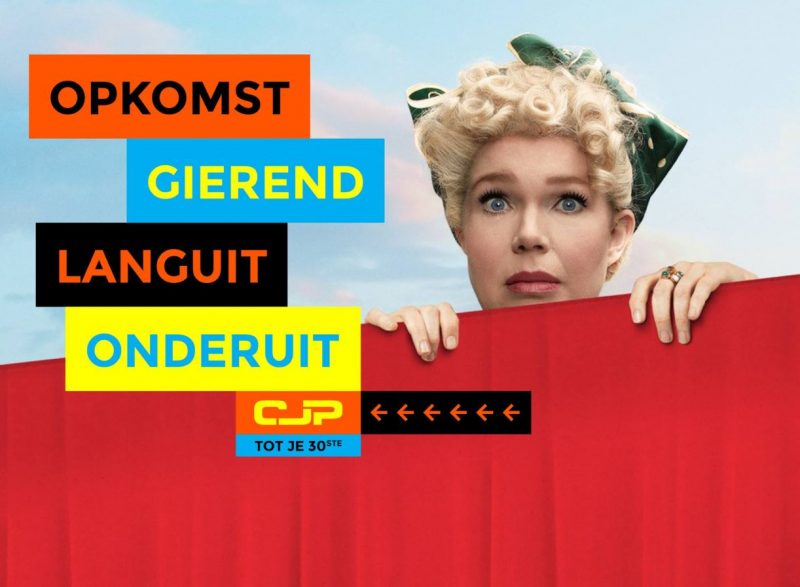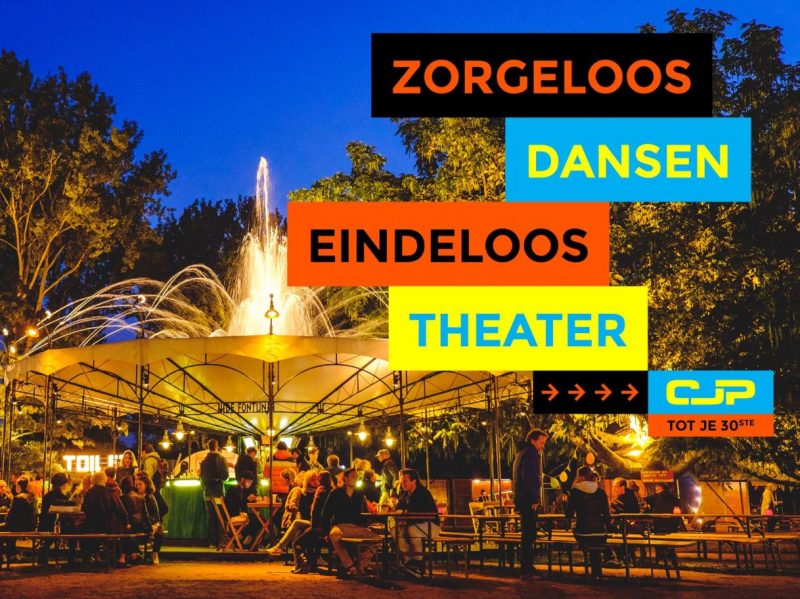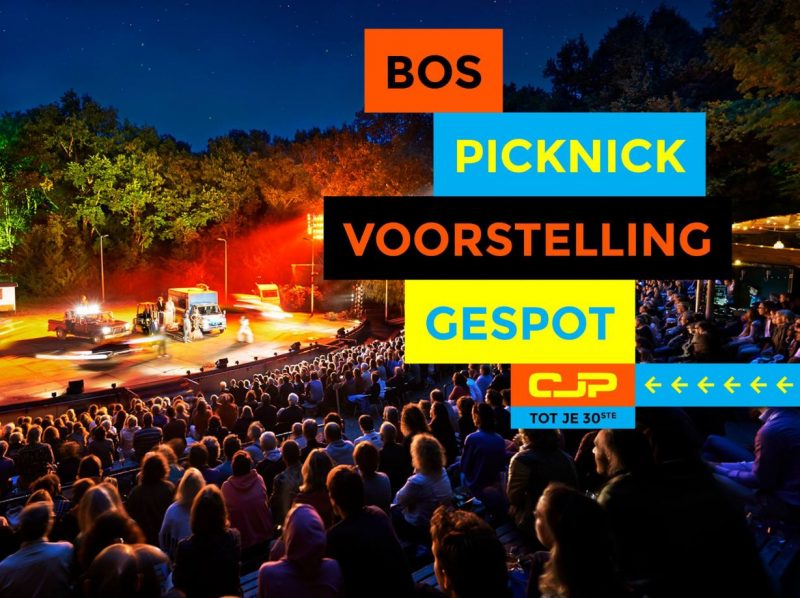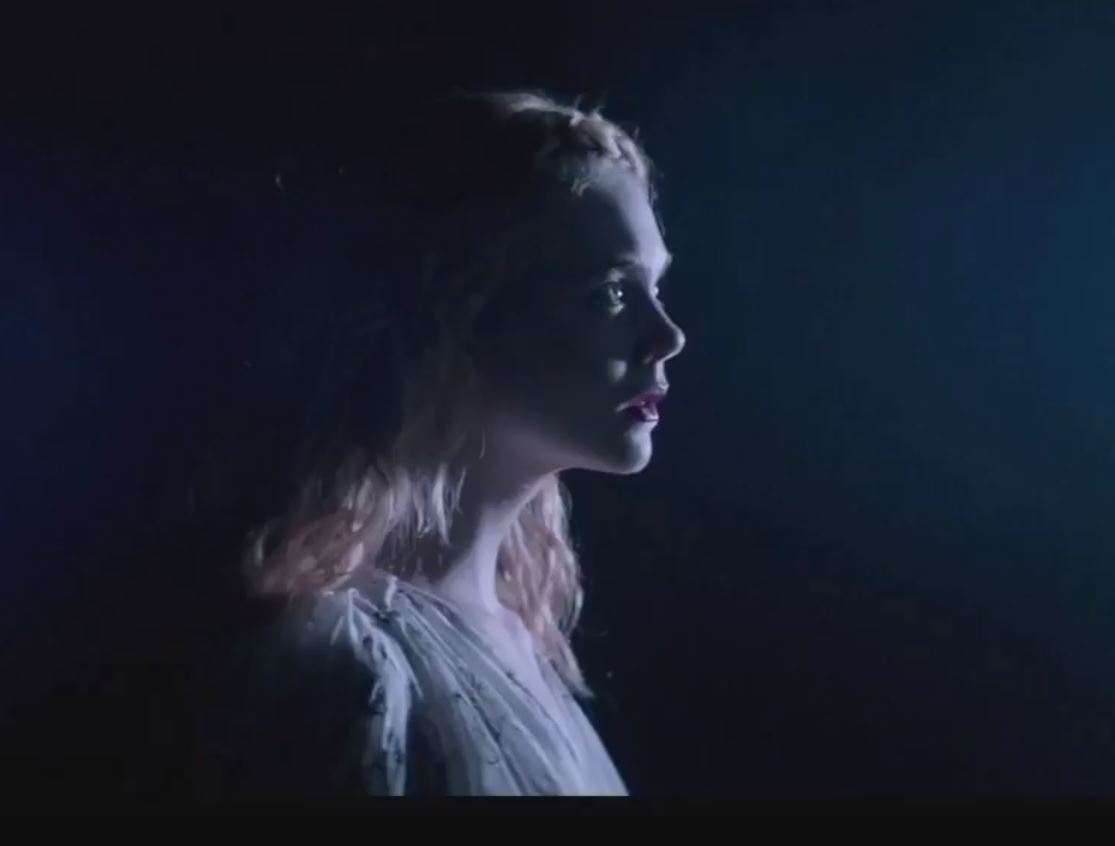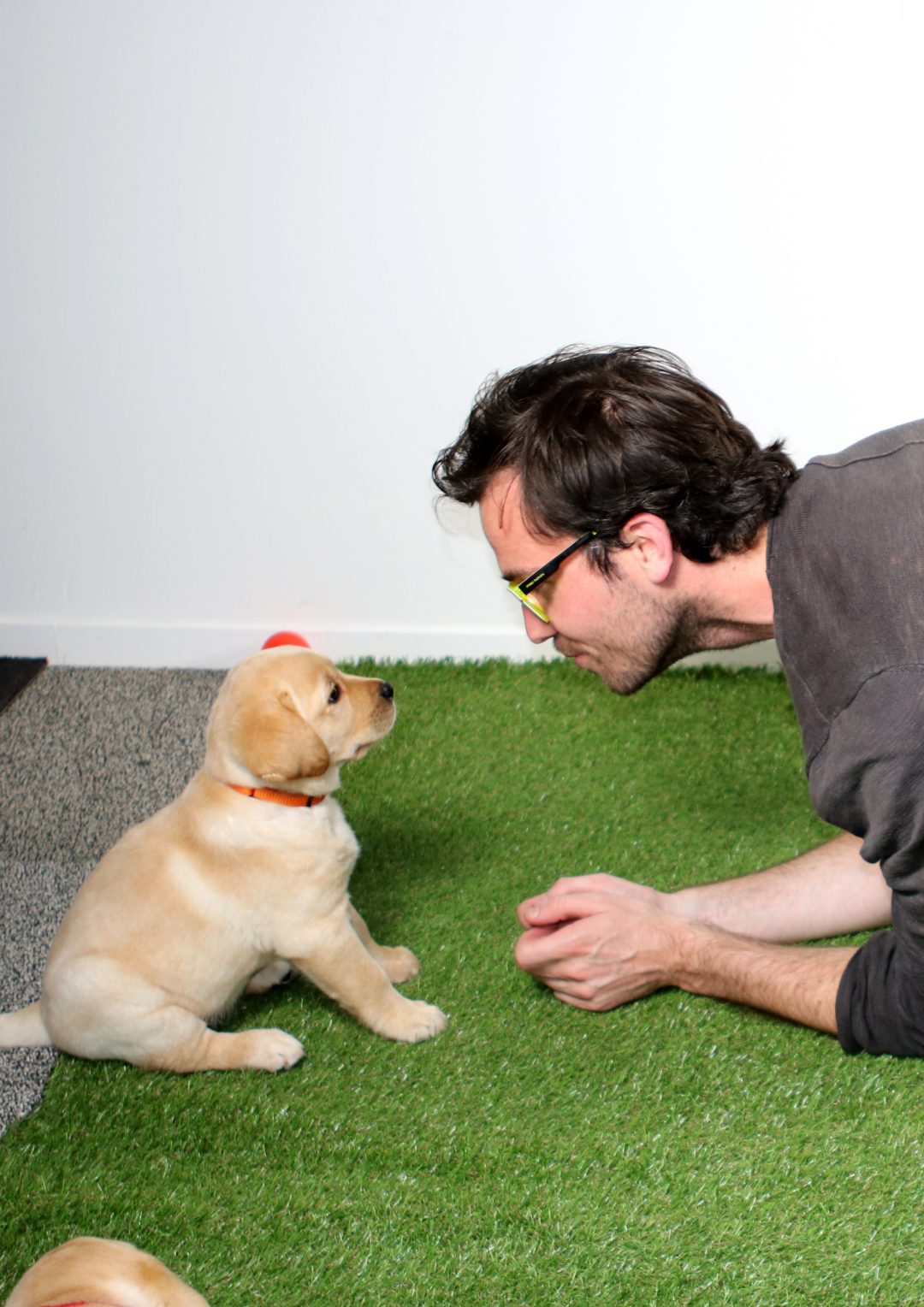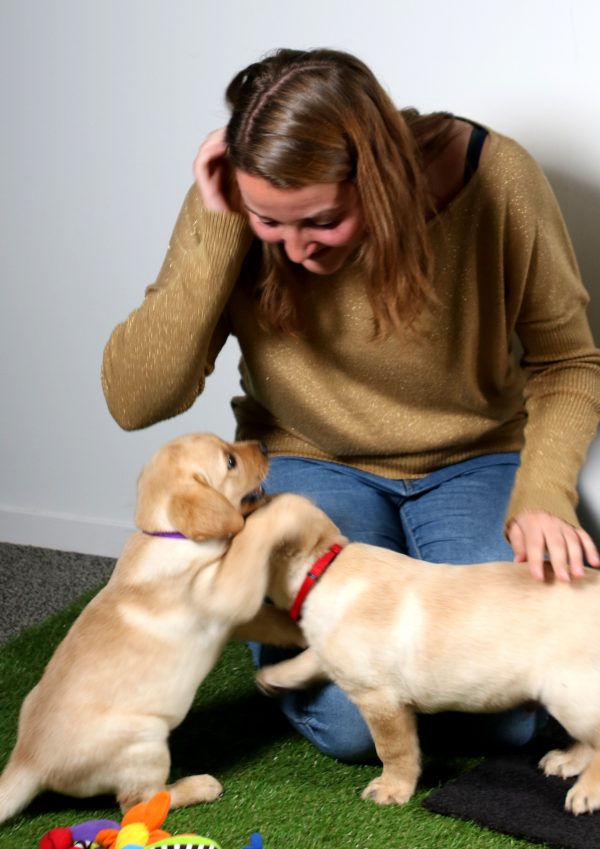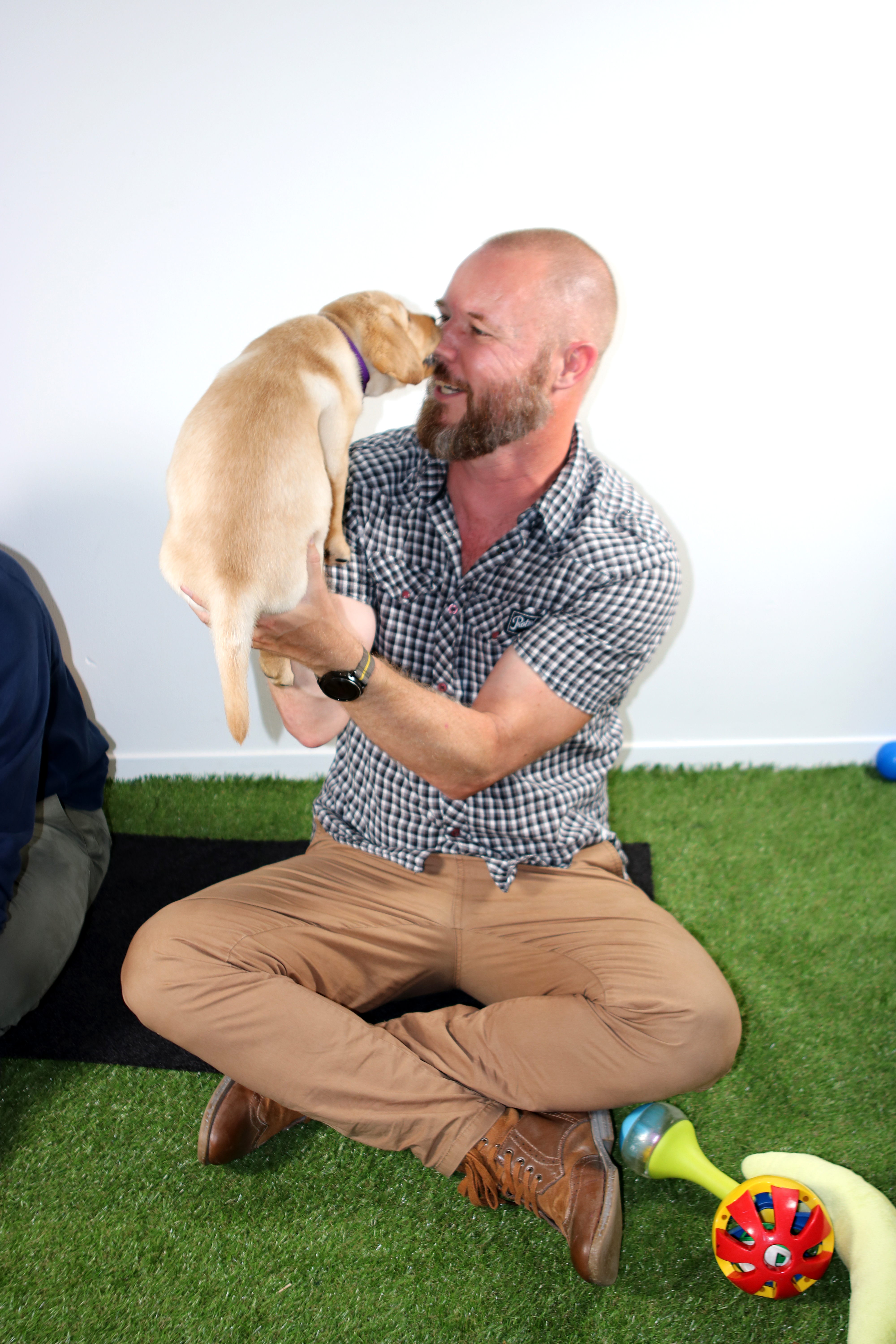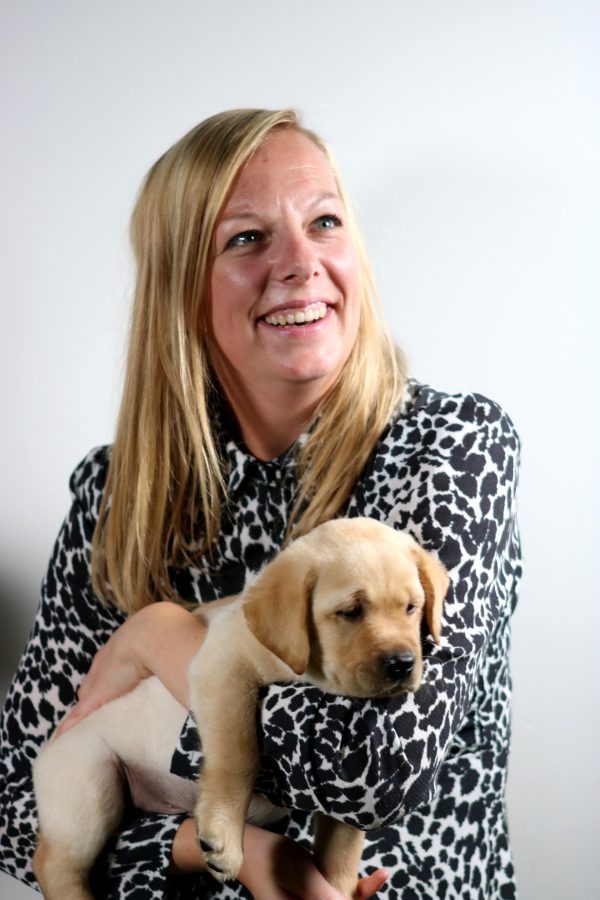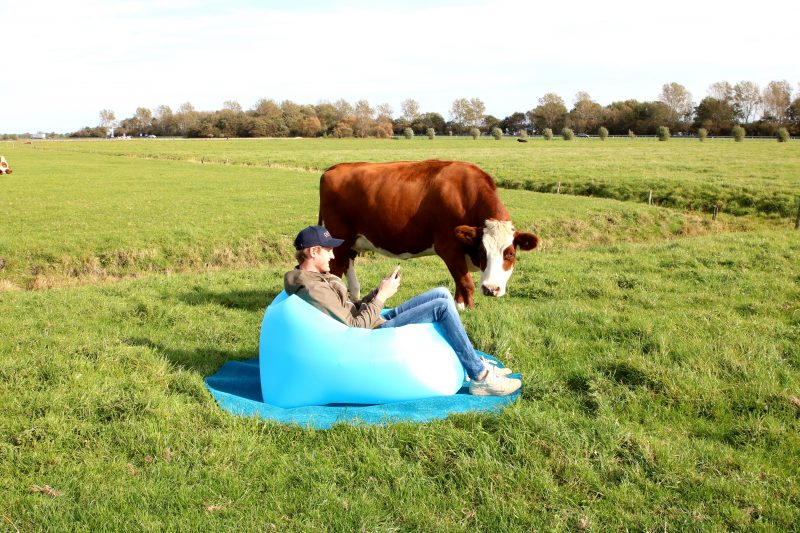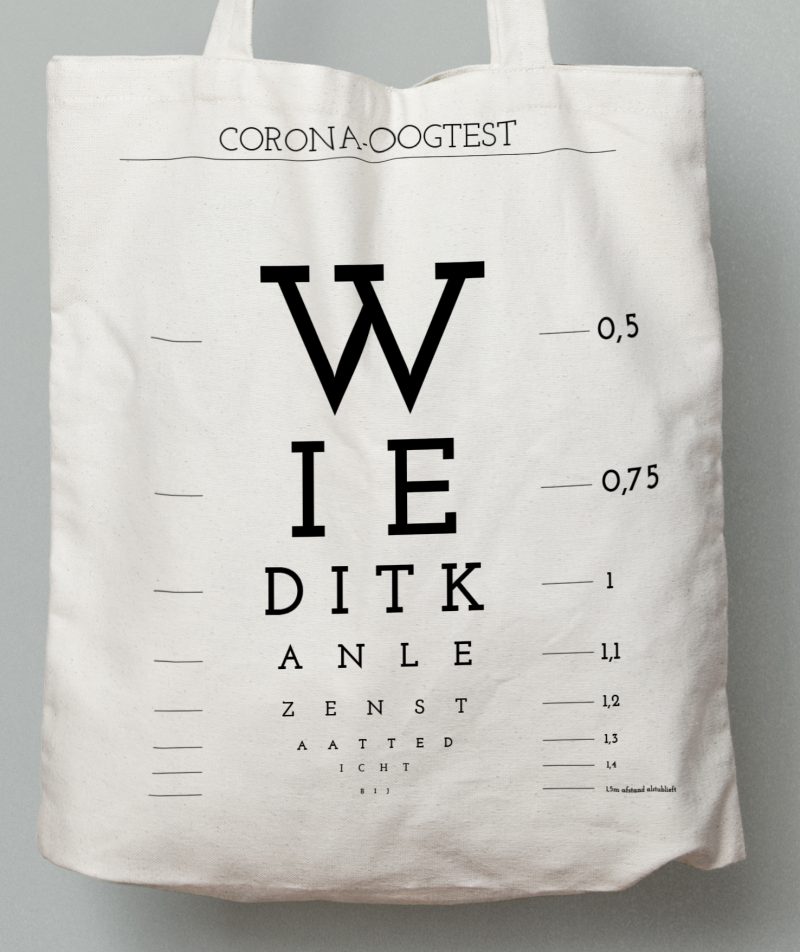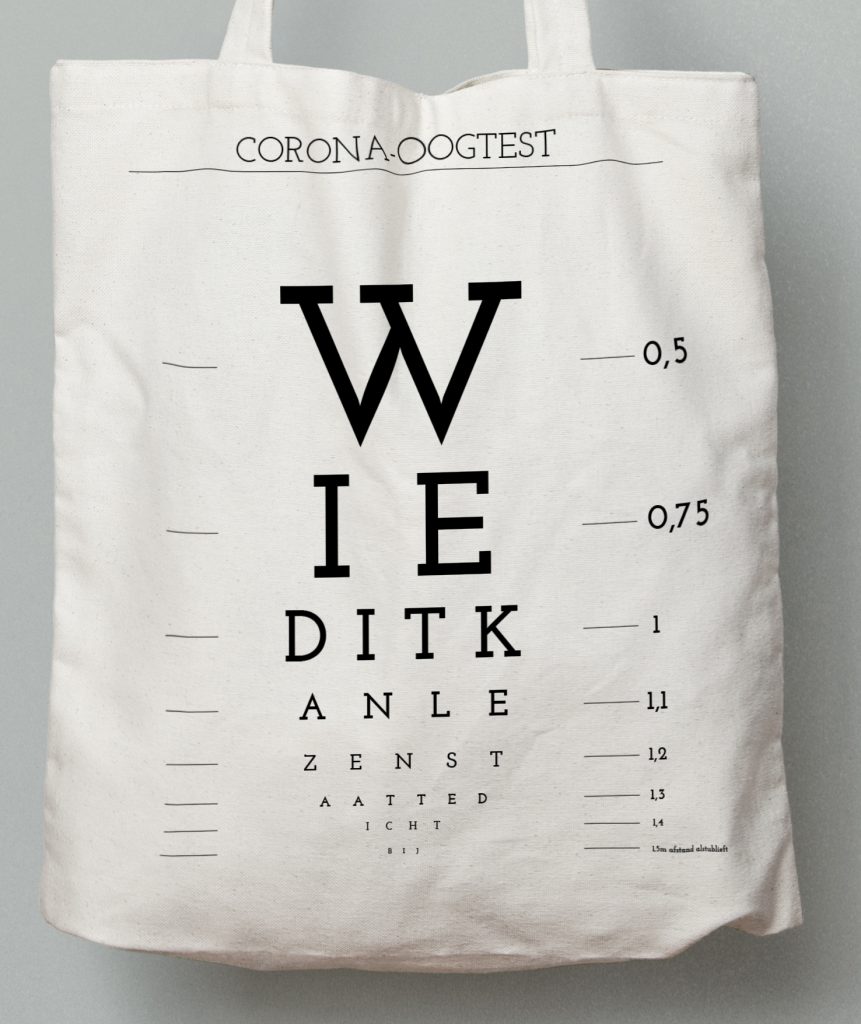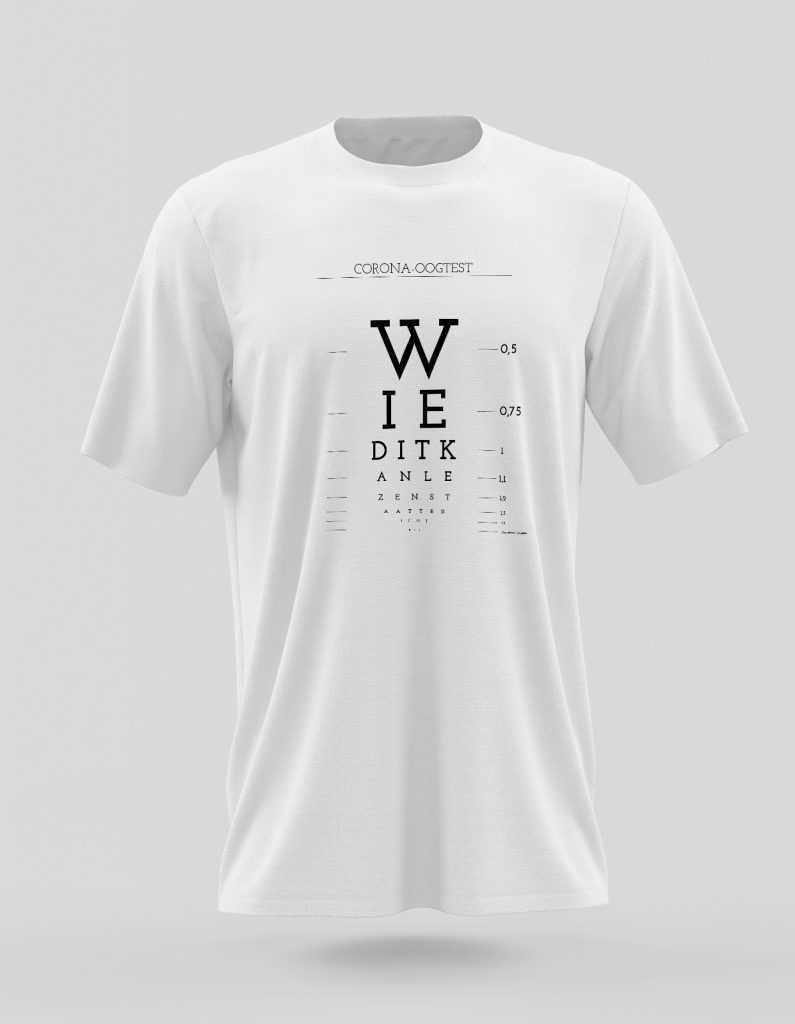3 October 2015 – 13 March 2016
The Ice Bucket Challenge, Je suis Charlie, the Harlem Shake, #BringBackOurGirls, the Selfie Olympics and Kony 2012: hypes have a hold on our lives and the media. Whether big or small, they appear out of the blue and connect us, people, in a confusing world where we can hardly filter world news, where social media turn us into activists and advertising agencies use hypes as tools in the battle for supermarket dominance.
The exhibition Planet Hype presents a contemporary phenomenon: the hype. In a world that increasingly revolves around media, sharing images, spreading news and browsing the internet for the next scoop, hypes can suddenly emerge. Hypes are capable of instantly dominating the world’s attention. We peer along on our smartphones, from our YouTube account we all upload the same clips, and on social media we all suddenly share the same interest. Sometimes hypes are a smart marketing stunt, sometimes a random phenomenon that takes over Facebook and Twitter, and sometimes just a casual distraction for the common folk.
But what exactly is a hype? And how important are hypes for our lives, public opinion, new activism or simply our online entertainment? One hundred hypes will be presented in Planet Hype. Also, new and existing contemporary art works will reflect on hypes and how we respond to them, with contributions by among others: Aziz Bekkaoui, Constant Dullaart, Ruiter Janssen, Bahram Sadeghi, Frank Schallmaier, Stefan Schäfer, Teyosh, Emily West & Selby Gildemacher, Benedikt Wöppel, and Dikla Zeidler.

